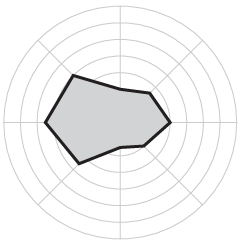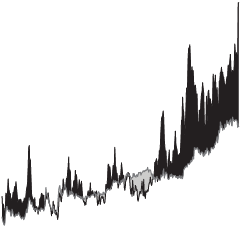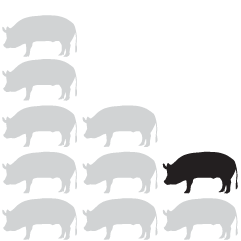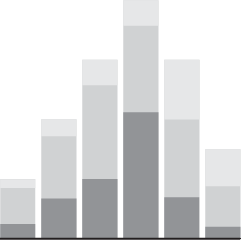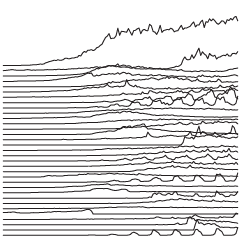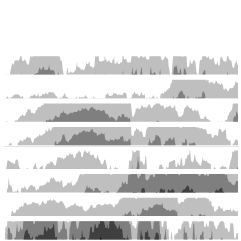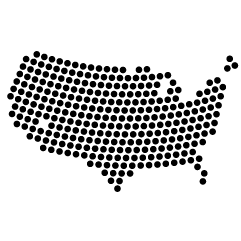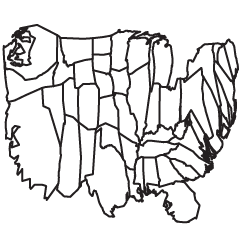For all the maps by Eric Fischer I’ve posted, it’s amazing how little I actually know about him, but in his most recent series, See Something or Say Something, he places geocoded tweets and Flickr photos on the same map. Blue dots represent tweets with location and orange dots are Flickr photos. White dots are locations with both.
Read More
-
-
There are lots of tools that have come out in the past couple…
-
Right now, at this very moment, I have an actual physical book on my desk, with my name on it, that says Visualize This: The FlowingData Guide to Design, Visualization, and Statistics. It’s a great feeling. Thank you again to all of you for making this possible and for sharing with me your love of data. Simply put, this book doesn’t exist without you, and I’m super grateful for all of your support. I hope Visualize This finds its way onto many others’ desks everywhere.
Read More -
We already learned how to win Roshambo every time, but there’s actually more to it. Eyemotive provides the expanded rules, namely tiebreakers and unconventional tactics. I hate it when someone lights my paper on fire. It hurts every time.
-
After attending the Eyeo Festival, Zach Gemignani of Juice Analytics noticed a difference in the approach of artists and his own practices with business-related data:
The artists are looking for an emotional “wow” moment; our goal is the “ah ha” moment when a user learns something that can lead to productive action. The question that we so often ask: “what can you do about it?” wasn’t a top priority within the Eyeo crowd.
One group is telling a specific story and the other is searching for one. That’s not to say that one way or the other is bad, however. Each group can benefit from the other:
Ultimately this art vs. practice dichotomy is natural and healthy. In our work, we are inspired by the fun and energy expressed in artistic visualizations. Data visualization is a tool that can and should be used differently depending on the purpose and the audience. The skill in using the tool can be appreciated equally across these different contexts.
There’d be a lot less ruffled feathers if we could all remember that.
-
I came across some UFO sightings data on Infochimps, from the National UFO Reporting Center, and it seemed like a good excuse to mess around in R. I was just playing around, but the globular result was kind of fun to look at, so here it is.
Read More -
We’re already more than halfway through the year. Time…moving…too…fast. Is there a pause button somewhere? In case you missed them, here are the most popular post from the last month:
- Largest data breaches of all time
- Organizational charts in major tech
- All roads lead to philosophy, on Wikipedia
- Most common iPhone passcodes
- Long-exposure air traffic
- Gender and time comparisons on Twitter
- Flowchart to decide if you should share that pic of your privates
- DataBot mouse makes larger files physically harder to move
- Anatomy of a computer virus explained
- Analysis of passwords in Sony security breach
As usual, thanks for sharing, tweeting, and liking. Every little bit helps FlowingData reach a wider audience.
-
-
Whenever I post a Sankey diagram (for example, here, here, and here), someone always asks how they can make their own. I’m always surprised that so many people have data where the chart type applies, but in any case, I’ve never had a good answer other than open up Illustrator and do it by hand. DensityDesign tries to make Sankey diagram creation easier with Fineo.
Read More -
If you’re a parent, most likely you want your children to go to the best schools available, but what if you found out that the school that they attend didn’t measure up to the school a couple miles away? Using previously unreleased federal education data, ProPublica helps you compare.
Read More -
Does more crime happen during the late hours of the night or in the middle of the afternoon? Trulia Insights uses small multiples to look at crime by hour in major cities, or rather, when it is reported, according to SpotCrime. There appears to be a dip during the 3 a.m. to 7 a.m. hours for all crime types, across all cities. Well, except for Indianapolis, which seems to report incidents with rounded off hours.
Read More -
A big thank you to the FlowingData sponsors. This little blog wouldn’t be what it is now without them. Check them out. They help you make sense of and communicate with data.
Tableau Software — Combines data exploration and visual analytics in an easy-to-use data analysis tool you can quickly master. It makes data analysis easy and fun. Customers are working 5 to 20 times faster using Tableau.
Column Five Media — Whether you are a startup that is just beginning to get the word out about your product, or a Fortune 500 company looking to be more social, they can help you create exciting visual content – and then ensure that people actually see it.
InstantAtlas — Enables information analysts and researchers to create highly-interactive online reporting solutions that combine statistics and map data to improve data visualization, enhance communication, and engage people in more informed decision making.
IDV Solutions Visual Fusion — Business intelligence software for building focused apps that unite data from virtually any data source in a visual, interactive context for better insight and understanding.
Want to sponsor FlowingData? Contact me at [email protected] for more details.
-
Design firm Berg rethinks the everyday sales receipt under the premise that registers nowadays are connected to a central system, which has access to data about sales, food, etc.
Read More -
-
In another reword of the pivotal scene in Der Untergang, Adolf Hitler learns topology. Still makes me laugh every time.
Read More -
Manu Cornet caricaturizes org charts of major tech companies, such as Amazon with its top-down structure and Google with its slightly less structured structure. Drop it like it’s hot.
[Organizational Charts | Thanks, Ian]
-
Till Nagel teaches you how to design custom maps in Processing with TileMill. Could come in handy one day. Saving for later. [via]
-
Whenever I’m out late at night with my bottle of black spray paint while climbing onto the highway overpass, I’m always like, “I wish there was an easier way to make pie charts on this street sign. There has to be a better way!” I am sure you can identify. Well fret no more. Golan Levin, an artist and educator, provides you with the open-source pie chart stencil.
Read More -
My pending thesis is on personal data collection (i.e. quantified self, personal informatics, self-surveillance, or whatever you wanna call it), so there’s a special place in my heart for projects with data about an individual, no matter who they are. It’s like taking a peek at part of someone’s journal that they’ve decided to make public.
Designer and architecture student Lauren Manning has documented her life for the past two years, and for her thesis project, she visualized a subset of that data — her food consumption in 2010 — with a variety of over 40 graphics. Instead of sticking with a single, optimized view of her data, she stood back and let the data fly to see what would happen.
Read More -
Files and folders on your computer look and feel the same regardless of how much space on your hard drive they take up. Delete a 5-gigabyte file or a 5-kilobyte file with a simple click and drag of the mouse. Sure, one might take a little longer to delete than the other, but there’s no change in effort on your part. In the real world, we know that’s not true. Otherwise, shipping would probably be free for everything (or at least a flat rate). Jan Barth and Roman Grasy experiment with this idea with DataBot.
Read More


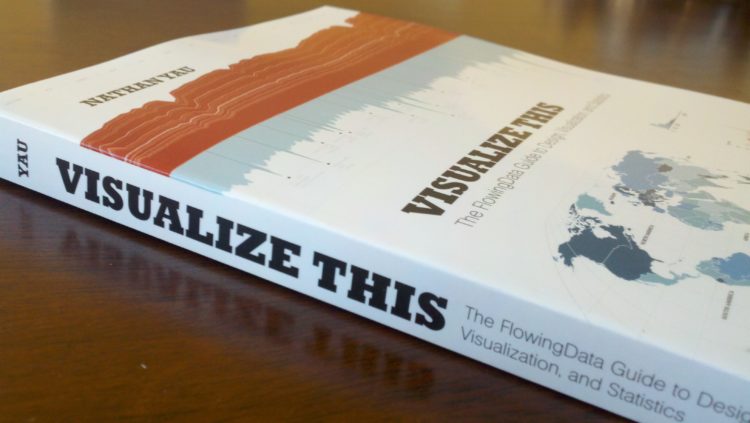
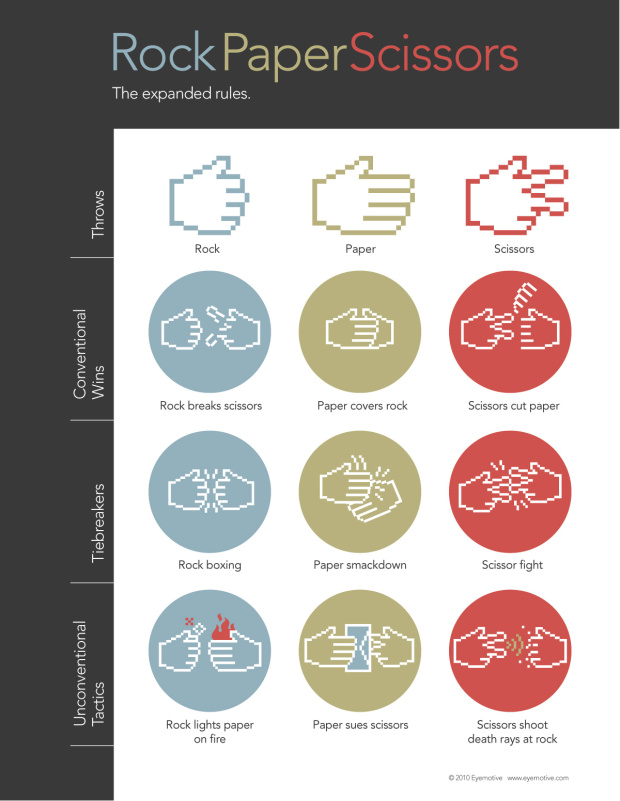
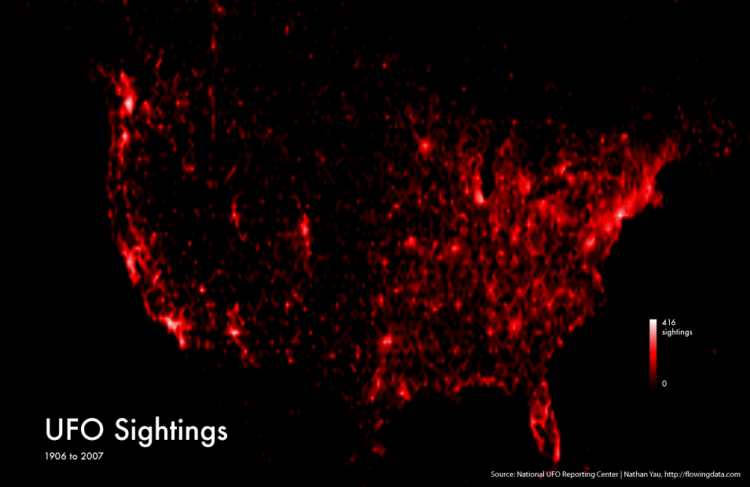
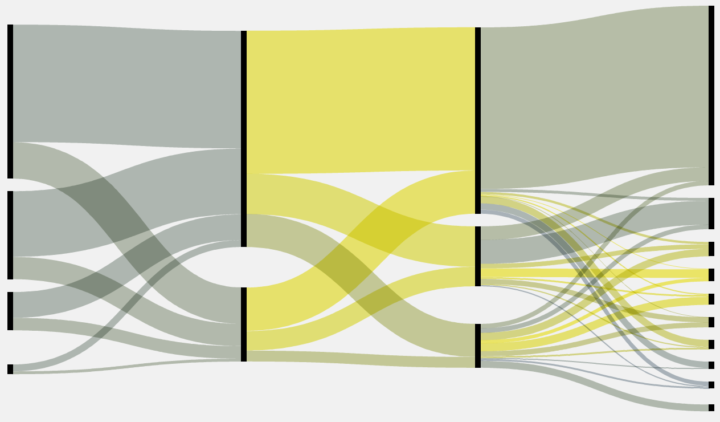
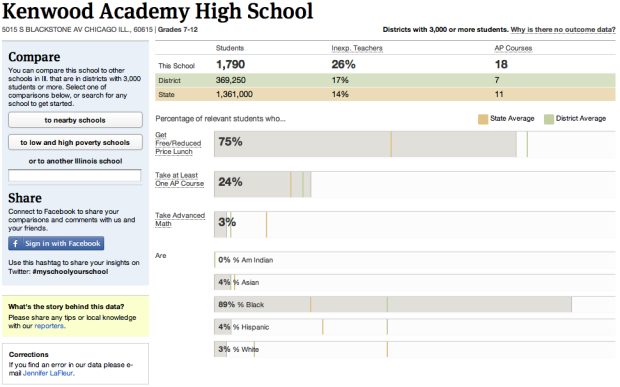
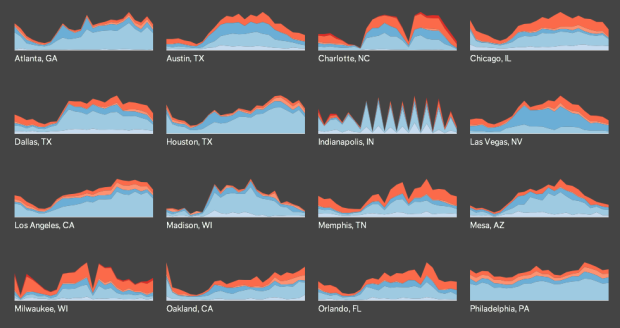
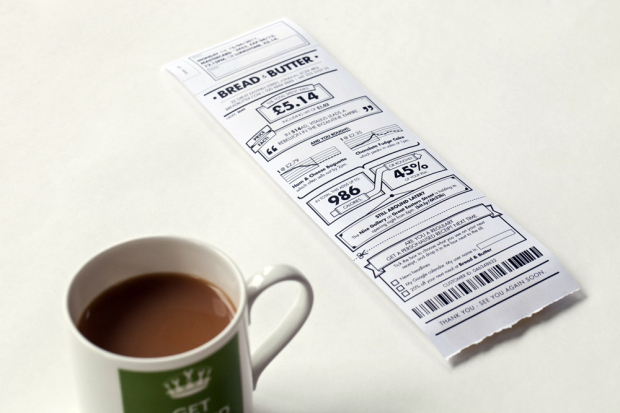
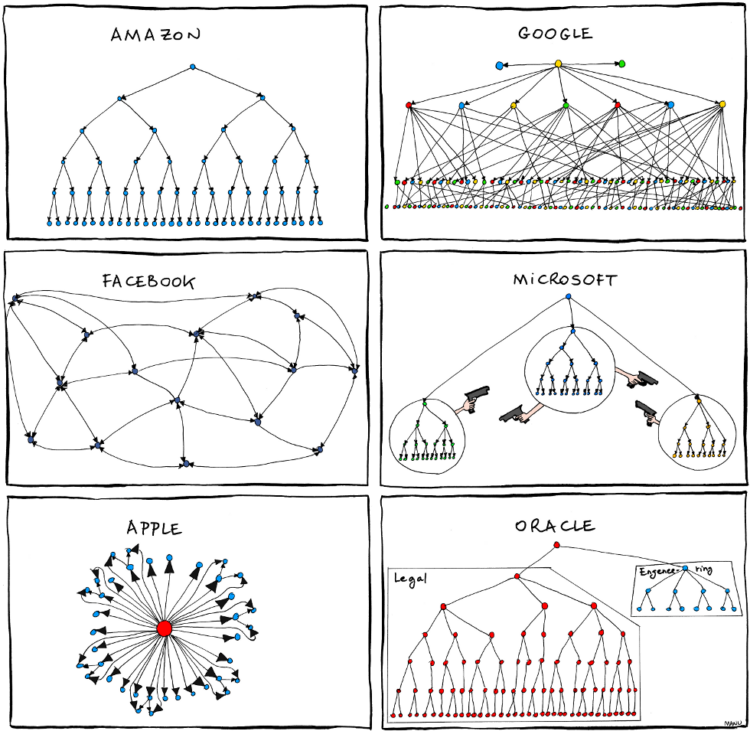
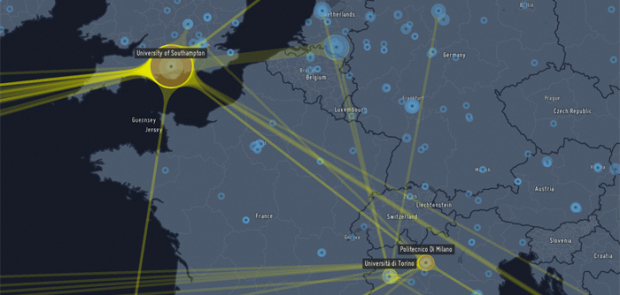

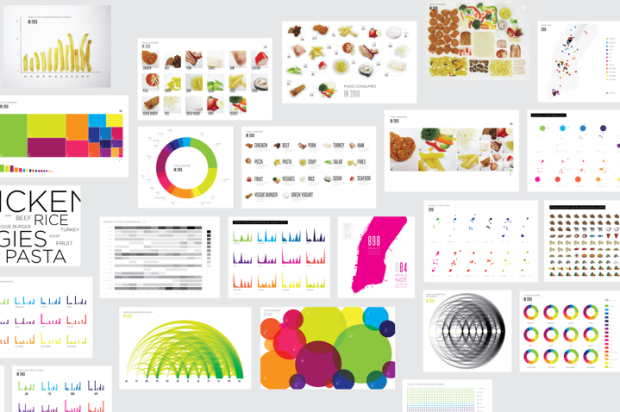

 Visualize This: The FlowingData Guide to Design, Visualization, and Statistics (2nd Edition)
Visualize This: The FlowingData Guide to Design, Visualization, and Statistics (2nd Edition)

